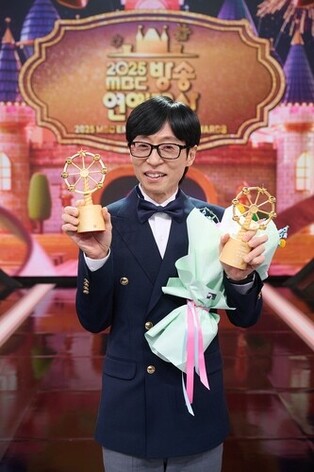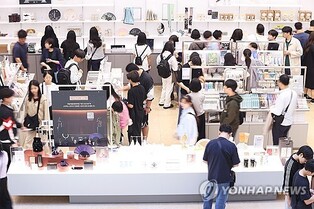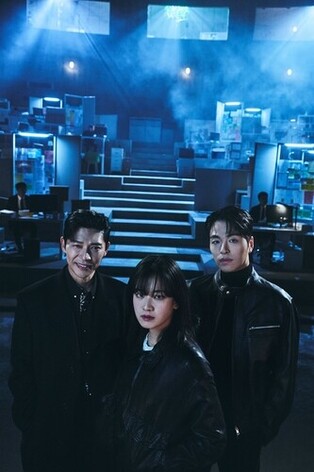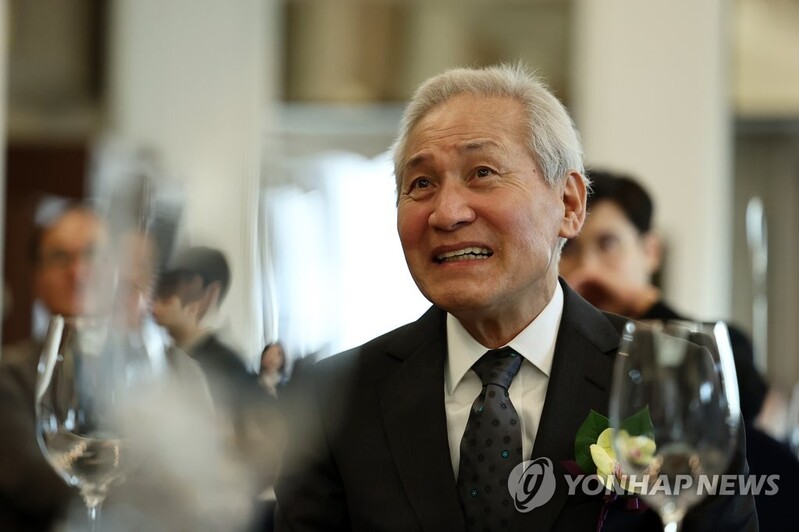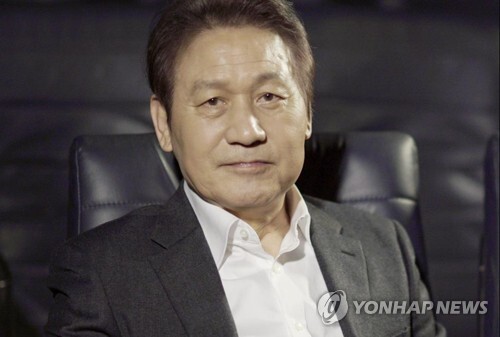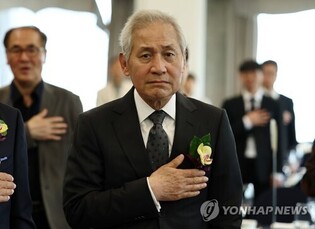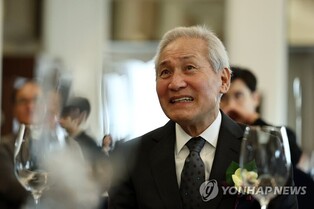* Editor's Note: According to the Korea Foundation's 2024 report, there are nearly 225 million Hallyu (Korean Wave) fans worldwide. With the advent of the "Digital Silk Road," transcending time and space, we are entering the era of "Hallyu 4.0." To help readers gain a fresh perspective on Korean culture and K-culture, the Yonhap News K-Culture Team has prepared a series of expert columns.
Shin Jong-geun's 'K-Liqueur' Story: The Liquor of the Immortals, Shinseonju
Contributed by Shin Jong-geun, exhibition planner and columnist (author of "Art and Liquor")
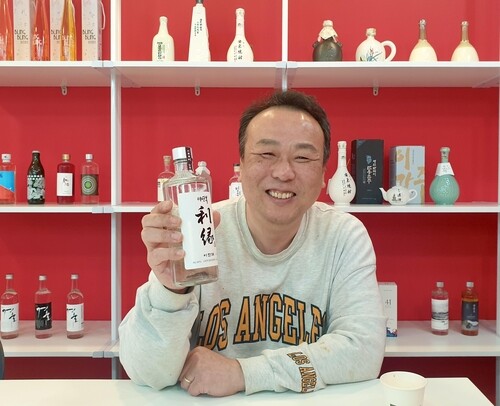
In Taoist philosophy and the belief system of immortality in China, a shinseon (immortal) is an ideal being who leaves the human world to live in the mountains, cultivating spiritual enlightenment. Immortals are known for their supernatural abilities, eternal life, and are commonly found in Taoist cultural spheres such as China, Korea, and Japan.
Originally, they were regarded as divine beings on par with gods. However, as Taoism developed, the concept was influenced by Buddhism, which teaches that anyone can achieve enlightenment through dedicated practice. As a result, the status of immortals evolved into something that ordinary people could attain through spiritual cultivation.
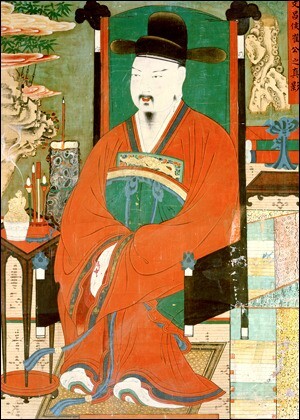 |
| ▲ The oldest surviving portrait of Choi Chiwon, created in 1793 at Ssanggyesa Temple in Hadong-gun, Gyeongnam, and preserved by the Gyeongju Choi clan. The work is owned by Busan Museum, and designated as Gyeongnam Provincial Tangible Cultural Heritage No. 187. (PHOTO NOT FOR SALE) (Yonhap) |
Since ancient times, China has considered Korea a land of mystery, believing that it was home to many immortals and that the secret to longevity could be found there.
Taoism was introduced to Korea during the Three Kingdoms period, and traces of its influence can be seen in various aspects of the era’s culture.
In the Silla Kingdom, the Hwarangdo (a military and philosophical youth organization) had strong Taoist elements. The Hwarang warriors, who traveled across the land for training and self-discipline, were often equated with immortals. The most outstanding among them was even given the title Gukseon (National Immortal).
There is also a legend that Choe Chiwon, a renowned scholar from the late Silla period, ultimately became an immortal.
Although modern Koreans may not be particularly conscious of Taoist influences, elements of Taoist folk beliefs remain deeply embedded in their culture.
For example, the traditional practice of using changpo (sweet flag) on Yudu Day, as well as the belief in deities such as Okhwangsangje (the Jade Emperor) and Samsin Halmae (the Three Goddesses of Birth), all stem from Taoist traditions.
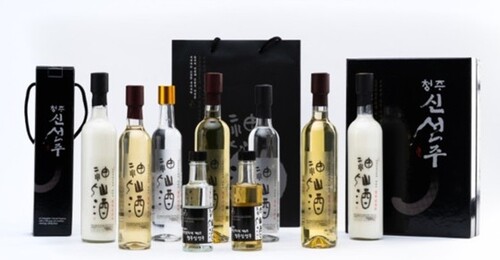 |
| ▲ Cheongju Sinsunju, captured from the brewer's website. (PHOTO NOT FOR SALE) (Yonhap) |
◇ The Restoration of Shinseonju, the Liquor of Immortals, from a Millennium Ago
The legendary liquor Shinseonju, which Prime Minister Choe Chiwon of Unified Silla is said to have enjoyed with his friends at Huwoonjeong Pavilion on Shinseonbong Peak in Miwon-myeon, Sangdang-gu, Cheongju, still exists today. It was designated as Chungbuk Intangible Cultural Heritage No. 4 in 1994, and is now preserved by Park Jun-mi, who was recognized as Korea’s Food Grand Master No. 88 for her mastery in brewing this traditional liquor.
Shinseonju has been passed down for generations in the head family of the Hamyang Park clan’s Okgye Gongpa branch, located in Gyeweon-ri, Miwon-myeon, Sangdang-gu, Cheongju. The Park family has been a distinguished noble household in the region since 1449, when the first-generation ancestor of the clan settled there after serving as a provincial governor.
As a prestigious household, they frequently welcomed guests, and naturally, liquor became an essential part of hospitality. Thus, the tradition of brewing Shinseonju was carried on for centuries within the family. Despite alcohol prohibition periods, the liquor survived, but during the Japanese colonial era, it was ultimately banned due to Japan’s liquor taxation laws.
Believing that Shinseonju would one day be revived, Park Jun-mi’s grandfather, Park Rae-sun, documented its historical significance in his book "Hyeonam Collection of Poetry and Prose" (玄庵詩文合集).
He wrote: "Shinseonju turns white hair black, rejuvenates the elderly into youth, and extends life. There is a legend that Choe Chiwon built a hermitage under Shinseonbong Peak, where he and his friends drank Shinseonju. Ever since, scholars have gathered beneath the peak to enjoy this liquor. I wish for future generations to know of this tradition."
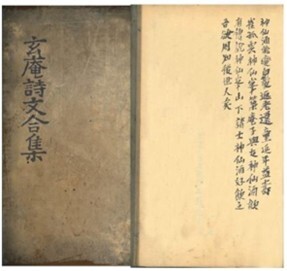 |
| ▲ Hyeonam Collection of Poetry and Prose. Photo courtesy of Cheongju City. (PHOTO NOT FOR SALE) (Yonhap) |
Additionally, he meticulously recorded the brewing methods of Shinseonju in his book.
Decades later, as part of a national effort to revive forgotten Korean liquors following the 1986 Asian Games and 1988 Olympics, the restoration of Shinseonju began. Park Jun-mi’s father, Park Nam-hee, successfully recreated the liquor using his father’s preserved records.
 |
| ▲ Master artisan Park Nam-hee (left) and his daughter, master brewer Park Jun-mi, brewing Sinsunju.Photo provided by Cheongju City. (PHOTO NOT FOR SALE) (Yonhap) |
As a result, in 1994, Shinseonju was designated as Chungcheongbuk-do’s Intangible Cultural Heritage No. 4. However, despite its recognition, commercialization proved to be a separate challenge. At the time, traditional Korean liquors were still underappreciated, and the business struggled. Ultimately, in 1999, the brewing license had to be relinquished.
Among Park Nam-hee’s seven daughters and two sons, his sixth daughter, Park Jun-mi, was thriving in the interior design business. Understanding her father’s deep sentiments for Shinseonju, she decided to abandon her successful career and, in 2010, established "Hyeonamjae" (玄庵齋), a research institute for Shinseonju, in Cheongju. There, she began learning the brewing process from her father in earnest.
In September 2018, she applied for a business license and acquired the qualification as an official intangible cultural heritage successor, officially launching the Shinseonju business. After 20 years, the historic liquor was finally revived.
Witnessing the rebirth of Shinseonju, her father, Park Nam-hee, passed away a few months later. In 2020, Park Jun-mi was officially recognized as Korea’s Food Grand Master No. 88, cementing her role as the preserver of this centuries-old tradition.
 |
| ▲ Park Jun-mi, 54, designated successor of Sinsunju craftsmanship, demonstrating the traditional liquor-making process at a brewery in Sangdang-gu, Cheongju, on September 16, 2022. (PHOTO NOT FOR SALE) (Yonhap) |
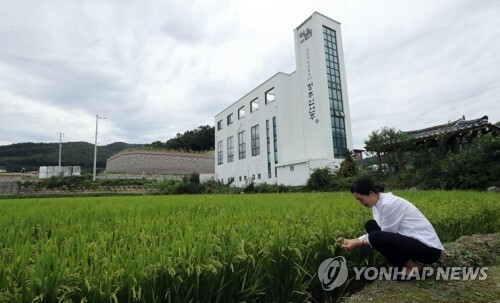 |
| ▲ Park Jun-mi, 54, designated successor of Sinsunju craftsmanship. September 16, 2022. (PHOTO NOT FOR SALE) (Yonhap) |
The process of making Shinseonju begins with grinding whole wheat into powder, which is then mixed with water to create nuruk (traditional fermentation starter). This mixture is essential for fermentation. It is then wrapped in clean rice straw mats and left to ferment at approximately 30°C (86°F) before being ground for use.
Next, Chrysanthemum indicum flowers and Lycium bark (Duke’s Gojiberry bark) are boiled and reduced into a decoction, which serves as the base water for brewing. Then, medicinal herbs such as Achyranthes root, Polygonum multiflorum powder, Goji berries, Asparagus cochinchinensis, Ophiopogon japonicus, Fresh Rehmannia root, Processed Rehmannia root, Ginseng, Angelica root, and Cinnamon bark are ground into powder and mixed with glutinous rice, nuruk, and the decoction. This mixture is fermented to a slightly thicker consistency than regular traditional liquor.
Once prepared, Shinseonju ferments at 30°C (86°F) for seven days. After this initial stage, it is left at 25°C (77°F) for another seven days, allowing it to mature. The final product can either be consumed as cheongju (refined rice wine) or distilled into soju (Korean distilled liquor).
Master Brewer Park Jun-mi continues to integrate advanced technology with traditional brewing methods, focusing on the research and development of high-quality traditional Korean liquors.
Currently, Shinseonju is available in four different types:
12% alcohol makgeolli (unfiltered rice wine)
16% alcohol yakju (refined rice wine)
42% alcohol distilled soju
52% alcohol distilled soju
A new 22% alcohol distilled liquor, called "Shin-ui Han Sul" (A Divine Drink), has been introduced. It is a fusion of the Rural Development Administration’s raw rice fermentation technology and traditional Shinseonju brewing techniques, making it more accessible to a broader audience. A 6% alcohol Shinseonju makgeolli, naturally sweetened with rice sugars, is also set for release soon.
 |
| ▲ Sinsunju and Shinui Hansul, photo captured from the brewer's website. (PHOTO NOT FOR SALE) (Yonhap) |
The legacy of Shinseonju continues with Park Jun-mi’s son, Lee Kyung-min, a former professor at Daekyung University, who has been designated as the next official successor of Shinseonju brewing. Additionally, her daughter, Ji-yeon, is also learning and inheriting the brewing techniques.
Having been passed down for 20 generations since the Silla Dynasty, Shinseonju remains a symbol of Korea’s rich heritage, and its tradition will continue for generations to come.
(C) Yonhap News Agency. All Rights Reserved


















